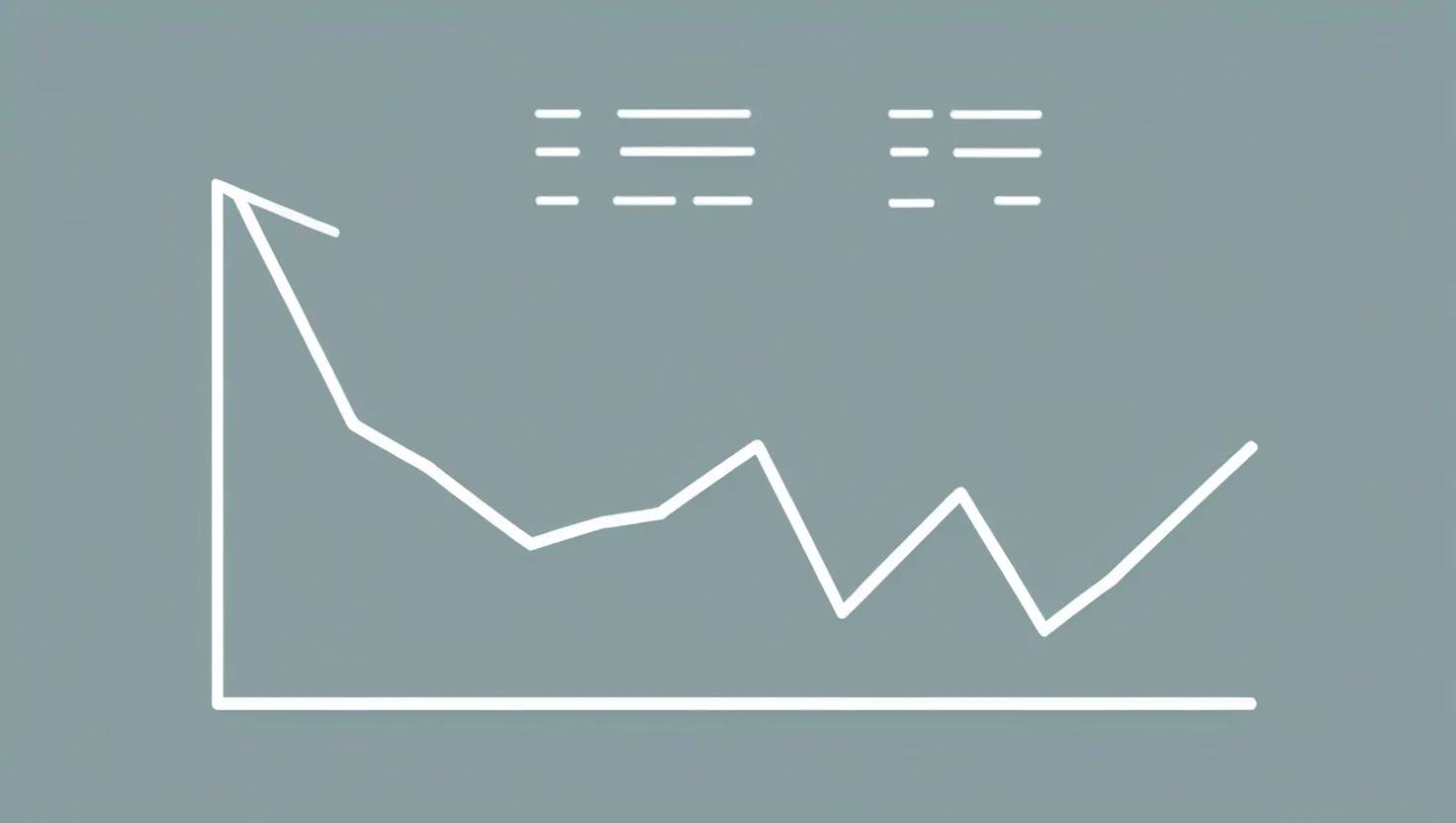Index fund investing has become increasingly popular for those seeking a simple, low-cost way to build wealth over time. By tracking broad market indexes, these funds offer diversification and steady returns without the need for constant monitoring or active management. But how can you get started without breaking the bank? Let’s explore some cost-effective methods to begin your index fund investing journey.
First, consider selecting a low-cost broker. Many online platforms now offer commission-free trades on ETFs and low minimum investment requirements. This allows you to start small and gradually increase your contributions over time. Remember, even small regular investments can compound significantly over the long run.
“The most powerful force in the universe is compound interest.” - Albert Einstein
As you begin, focus on understanding basic asset allocation principles. This involves dividing your investments among different asset classes like stocks, bonds, and cash to balance risk and reward. A simple starting point could be a total stock market fund paired with a total bond market fund. The exact mix depends on your risk tolerance and time horizon.
Have you considered your ideal asset allocation? What percentage feels right for stocks versus bonds at this stage in your life?
Direct indexing is an emerging option that allows you to own the individual stocks in an index rather than a fund. While traditionally reserved for high-net-worth investors, some brokers now offer fractional share investing that makes this approach more accessible. This can provide greater tax efficiency and customization, though it requires more hands-on management.
Developing a periodic investment plan is crucial for long-term success. By setting up automatic contributions on a regular schedule, you harness the power of dollar-cost averaging. This strategy involves investing a fixed amount at regular intervals, regardless of market conditions. It helps smooth out the impact of market volatility over time.
“The stock market is a device for transferring money from the impatient to the patient.” - Warren Buffett
When selecting funds, pay close attention to tax efficiency. ETFs generally have an edge over mutual funds in taxable accounts due to their structure. They tend to generate fewer capital gains distributions, which can help minimize your tax burden. However, in tax-advantaged accounts like IRAs, this difference is less significant.
For those starting with limited capital, seek out funds with low minimum investment requirements. Some brokers offer their own proprietary index funds with no minimums at all. This allows you to begin building a diversified portfolio even with modest sums.
What’s the smallest amount you feel comfortable starting with? Remember, consistency matters more than the initial amount.
Commission-free trading platforms have revolutionized investing for small accounts. By eliminating transaction costs, these platforms allow you to invest small amounts frequently without eating into your returns. This is particularly beneficial for those just starting out or investing on a tight budget.
As you embark on your index fund investing journey, remain mindful of expense ratios. These ongoing fees can significantly impact your long-term returns. Even small differences in expense ratios can compound to substantial amounts over decades. Always compare the costs of similar funds before making your selection.
“The investor’s chief problem - and even his worst enemy - is likely to be himself.” - Benjamin Graham
Consider your time horizon when choosing funds. If you’re investing for a distant goal like retirement, you may be able to tolerate more short-term volatility in pursuit of higher long-term returns. On the other hand, if you’re saving for a nearer-term goal, a more conservative allocation might be appropriate.
Setting up automatic investment schedules can help remove emotion from the equation and ensure you stay on track. Many brokers allow you to set up recurring transfers from your bank account directly into your chosen investments. This “set it and forget it” approach can be particularly effective for long-term wealth building.
How often do you think you could comfortably contribute to your investments? Weekly? Monthly? Quarterly?
As your financial situation evolves, be prepared to monitor and adjust your contributions. Life changes, income fluctuations, and shifting goals may necessitate tweaks to your investment plan. Regular reviews - perhaps annually - can help ensure your strategy remains aligned with your objectives.
Remember, successful investing is often more about behavior than picking the “right” investments. By focusing on low costs, regular contributions, and a long-term perspective, you can harness the power of index investing to build wealth over time. The key is to start, even if it’s with small amounts, and to maintain discipline through market ups and downs.
“The four most dangerous words in investing are: ‘this time it’s different.’” - Sir John Templeton
As you continue your investing journey, stay curious and keep learning. The financial world is constantly evolving, and new opportunities may arise. However, don’t let the pursuit of the latest trend derail a solid, long-term strategy. The beauty of index investing lies in its simplicity and proven track record over time.
Have you considered what success looks like for your investing journey? Is it a specific dollar amount, a particular lifestyle, or simply the peace of mind that comes from financial security?
In conclusion, cost-effective index fund investing is within reach for nearly everyone. By leveraging low-cost brokers, understanding asset allocation, exploring direct indexing, implementing periodic investment plans, choosing tax-efficient funds, starting with low minimum investments, and utilizing commission-free platforms, you can build a robust investment portfolio without breaking the bank. The most important step is simply to begin. Your future self will thank you for the financial foundation you’re laying today.






